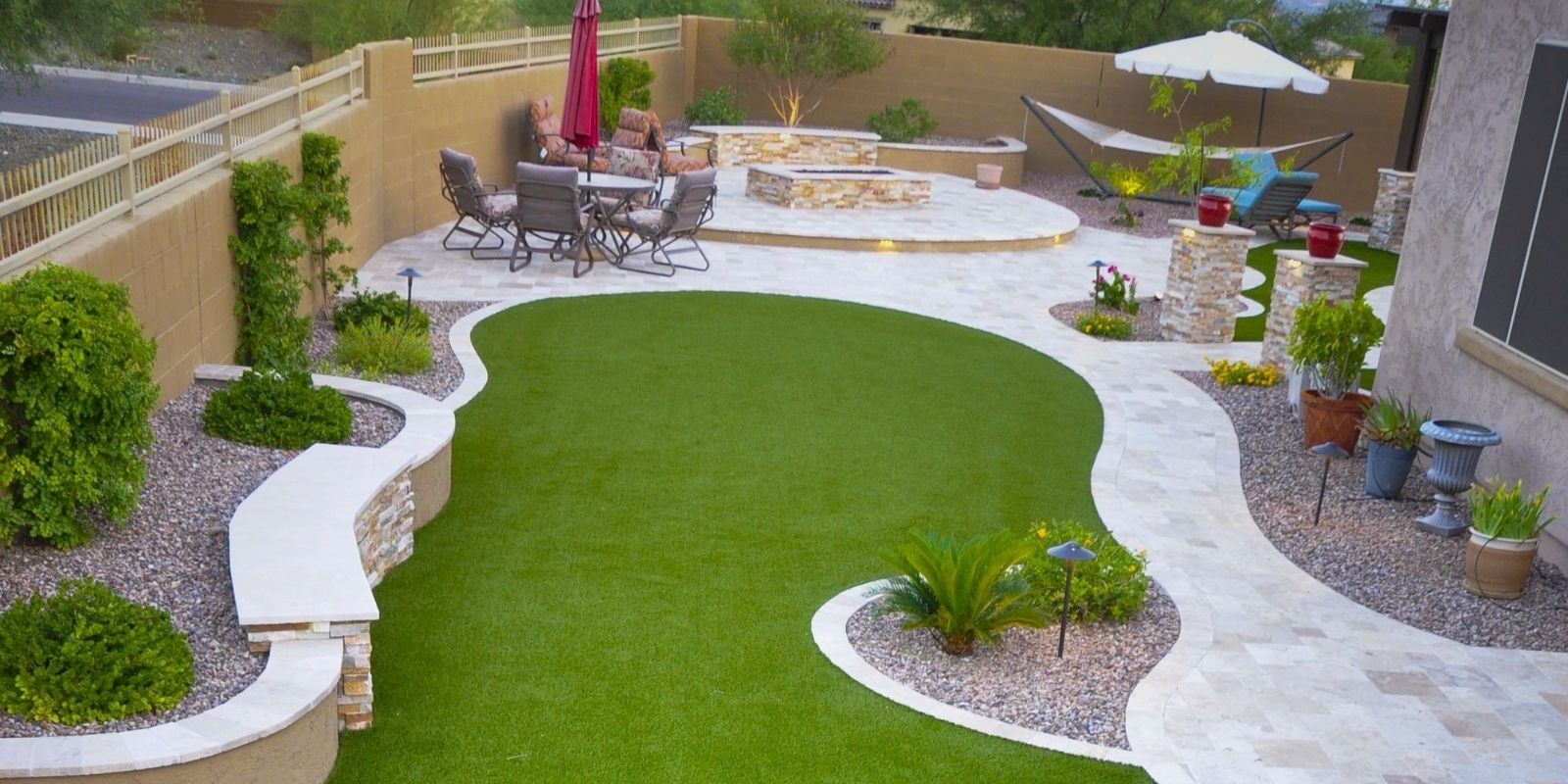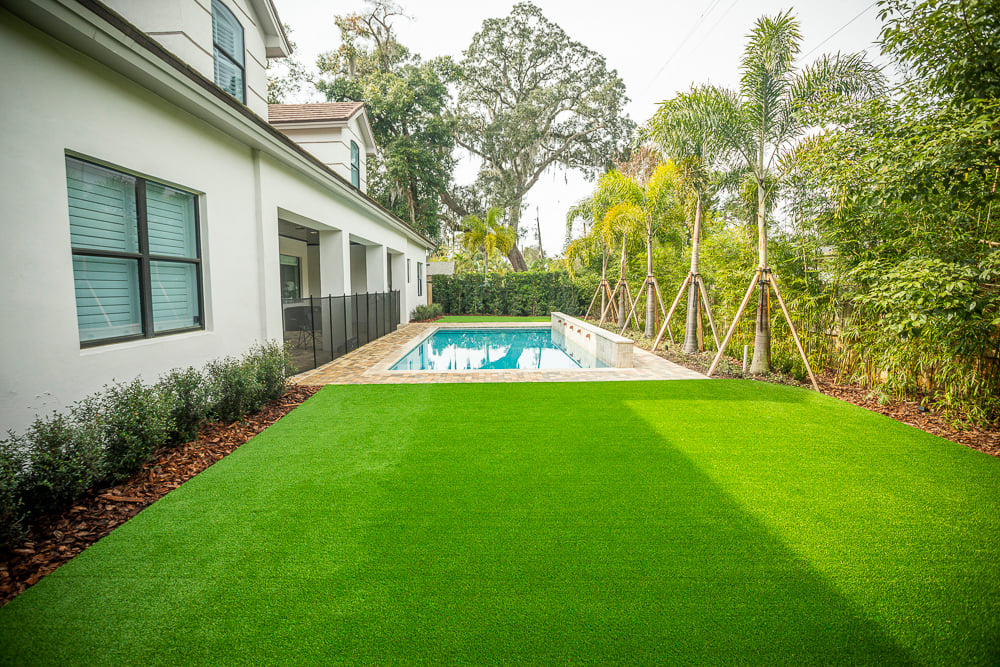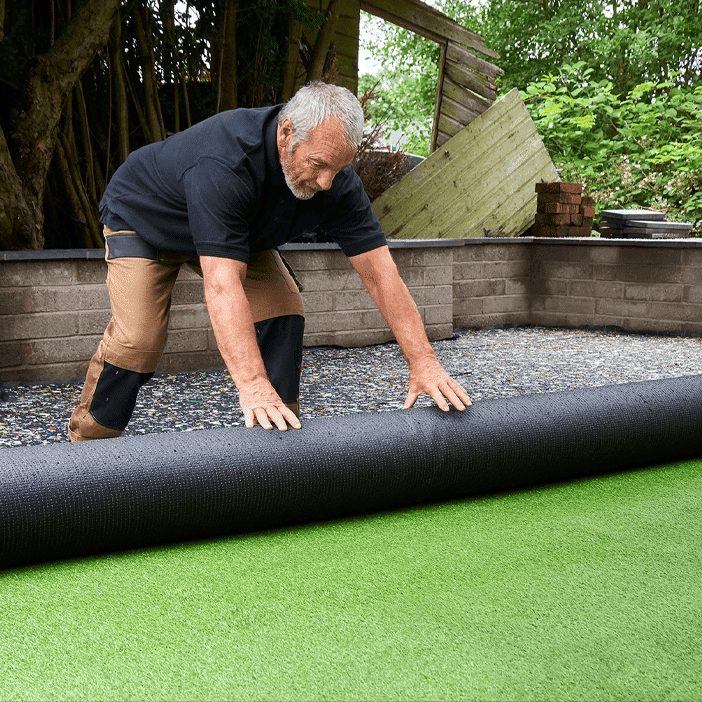Premier Phoenix Turf Companies Delivering Premium Synthetic Lawn Products
Premier Phoenix Turf Companies Delivering Premium Synthetic Lawn Products
Blog Article
Explore the Environmental Conveniences of Opting for Artificial Turf Solutions
The fostering of synthetic grass options offers an engaging possibility to resolve pushing ecological difficulties. By significantly decreasing water use and decreasing the application of harmful chemicals, these alternatives not just promote lasting landscape design yet also protect neighborhood environments. Additionally, the lower carbon impact related to lowered upkeep activities adds to a more sustainable technique to land monitoring. The ramifications of these advantages prolong past simple preservation initiatives, elevating inquiries concerning their long-lasting influence on environment conservation and overall ecological balance. Checking out these measurements reveals a complicated interplay worth thinking about.
Water Conservation Perks
One of the most significant benefits of synthetic grass is its ability to save water. Standard lawn yards call for considerable watering, particularly in locations vulnerable to dry spell or water constraints. On the other hand, synthetic grass does not require watering, substantially lowering the total demand for water resources. This function is especially helpful in arid regions where water scarcity is a pressing problem.
By getting rid of the demand for regular watering, synthetic grass adds to sustainable landscape techniques and helps alleviate the environmental impact of extreme water consumption. The preservation of water expands to the decrease of overflow, which can lead to soil erosion and river air pollution.
Furthermore, the installation of fabricated lawn permits home owners and municipalities to allocate water sources much more successfully, concentrating on vital uses such as alcohol consumption water and agriculture. The change towards fabricated lawn not just advertises liable water use however additionally lines up with wider environmental objectives targeted at maintaining all-natural sources.
As communities significantly prioritize sustainability, the water preservation advantages of synthetic grass present an engaging instance for its fostering in domestic and industrial landscape design tasks.
Lowered Chemical Use
The shift to synthetic grass considerably lowers the dependence on chemical therapies commonly made use of in natural lawn upkeep. Standard lawn management commonly involves the application of pesticides, herbicides, and fertilizers to promote development and control bugs. These chemicals can posture risks to human wellness, local wild animals, and the setting, adding to soil and water contamination.
In comparison, man-made lawn eliminates the demand for these unsafe compounds. By reducing the release of synthetic substances right into the ecosystem, man-made turf advertises healthier dirt and water systems.
In addition, the absence of chemical overflow related to synthetic grass installments assists protect neighborhood rivers from contamination, supporting water life and maintaining biodiversity. Artificial turf companies phoenix. As communities progressively prioritize lasting practices, choosing synthetic grass presents a feasible solution that aligns with environmental conservation goals. Via this shift, homeowner can take pleasure in lavish environment-friendly spaces without compromising eco-friendly health and wellness, leading the way for a much more sustainable future
Lower Carbon Impact

Moreover, the installment of synthetic lawn can lead to significant water conservation. Natural grass require significant amounts of water for watering, which not only adds to the carbon impact related to water removal and treatment yet likewise strains neighborhood water resources. On the other hand, fabricated lawn requires marginal upkeep, needing no watering, thus substantially minimizing water use and its associated energy costs.
In addition, the durability of synthetic grass contributes to its decreased carbon effect. With a lifespan of as much as 15 years or more, the need for constant replacements is diminished, causing less waste and reduced power usage in manufacturing and dealing with conventional yard options. On the whole, fabricated grass offers a lasting option for environmentally conscious landscaping.
Environment Preservation
Habitat conservation is an essential consideration in the argument over landscape design options, especially when comparing man-made grass to all-natural grass. All-natural yard yards frequently require comprehensive maintenance, consisting of using pesticides, plant foods, and herbicides, which can negatively influence regional environments. These chemicals can leach into the dirt and rivers, damaging indigenous flora and fauna and disrupting local environments.
In contrast, synthetic grass offers a possibility to lower the eco-friendly impact of landscaping. By choosing artificial yard, property owners can minimize the disturbance of all-natural environments connected with traditional yard treatment practices. Artificial lawn removes the need for hazardous chemicals, consequently shielding nearby wild animals and keeping the stability of surrounding ecological communities. The setup of synthetic lawn can lead to the conversion of previous grass locations right into even more biodiverse landscapes, such as pollinator yards or native plant areas, which can support local wild animals.
Ultimately, the change to synthetic grass not just preserves water and reduces upkeep efforts however additionally cultivates a much more browse this site unified connection between human activities and the native environment, advertising habitat conservation at the same time.
Long-Term Sustainability
Lasting sustainability is a critical consider evaluating the benefits of synthetic grass over conventional lawn yards. Among one of the most considerable benefits of find more synthetic grass is its longevity; it can last as much as 15-20 years with minimal upkeep, whereas natural grass requires constant reseeding and replacement. This longevity reduces the requirement for continuous resources, such as water, fertilizers, and chemicals, which are important for keeping a healthy yard yard.
In addition, synthetic grass adds to a reduction in carbon discharges related to lawn care devices. Traditional grass typically need gas-powered lawn mowers, leaners, and blowers, every one of which add to air pollution. Turf installation phoenix az. On the other hand, synthetic lawn removes the requirement for such equipment, advertising a cleaner atmosphere
Additionally, the manufacturing of synthetic turf significantly uses recycled materials, boosting its sustainability account. As suppliers embrace green methods, the ecological impact of synthetic grass remains to reduce.

Final Thought
The adoption of synthetic grass remedies presents significant ecological advantages, consisting of significant water conservation, decreased dependence on harmful chemicals, and a lower carbon impact. Additionally, synthetic grass aids in maintaining natural habitats by decreasing land disturbance and advertising long-term sustainability through using sturdy products. Jointly, these variables underscore the potential of artificial lawn to contribute favorably to ecological wellness and supply a sensible alternative to traditional landscaping methods in a progressively resource-conscious read the full info here globe.
In comparison, man-made grass does not need watering, dramatically lowering the general demand for water resources. By minimizing the launch of artificial compounds right into the ecosystem, man-made lawn promotes healthier soil and water systems.
Additionally, the installment of artificial turf can result in considerable water conservation. In comparison, fabricated grass needs very little upkeep, needing no watering, therefore dramatically minimizing water use and its associated power costs.

Report this page